Mujaddid IOS Centre for Arts and Literature organises Discussion on “The Problems of Urdu Teaching in Schools”
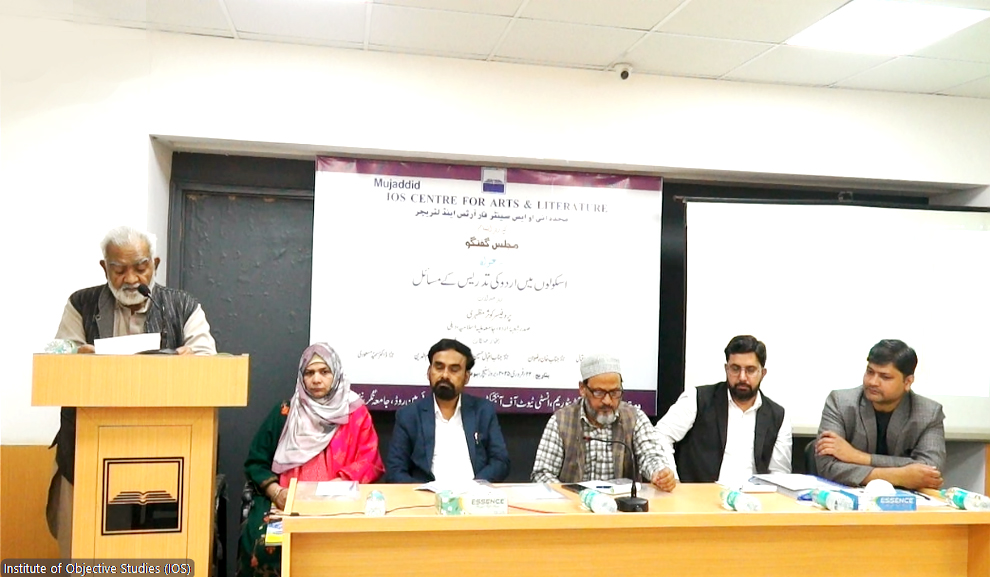
Mujaddid IOS Centre for Arts and Literature organises Discussion on “The Problems of Urdu Teaching in Schools”
New Delhi: A discussion on “The Problems of Urdu Teaching in Schools”, was organised by Mujaddid IOS Centre for Arts and Literature on February 22, 2025 at the auditorium of the Institute of Objective Studies, New Delhi.
The programme began with the recitation of a verse from the Qur’an by Mr. Naseem Ahsan of the IOS.
Introducing the topic, convenor of the Centre, Mr. Anjum Naim said, “We should not be disappointed with the prevailing situation. Attempts are being made to remove Urdu from the syllabus of schools curriculum. We must patiently and sincerely take stock of the situation.” He observed that textbooks were being printed. Urdu literature was being written as well as read. But the things were not as simple as they looked like. For instance, Urdu was being replaced by Sanskrit in Rajasthan, a BJP-ruled State. On the other hand, modern technology was also being employed in Urdu. New Urdu institutions were being opened to buttress the point that Urdu continued to be popular among the people. He strongly believed that the atmosphere for the development of Urdu was very congenial. But what was disconcerting was that Urdu was being phased out from institutions of higher learning in India. The need of the hour was to assess the situation in its proper perspective and take necessary measures. He said that this discussion was a step in that direction. The first discussion of the series was held in December last. He informed that the next discussion would focus on the problems before the teaching of Urdu in madaris.
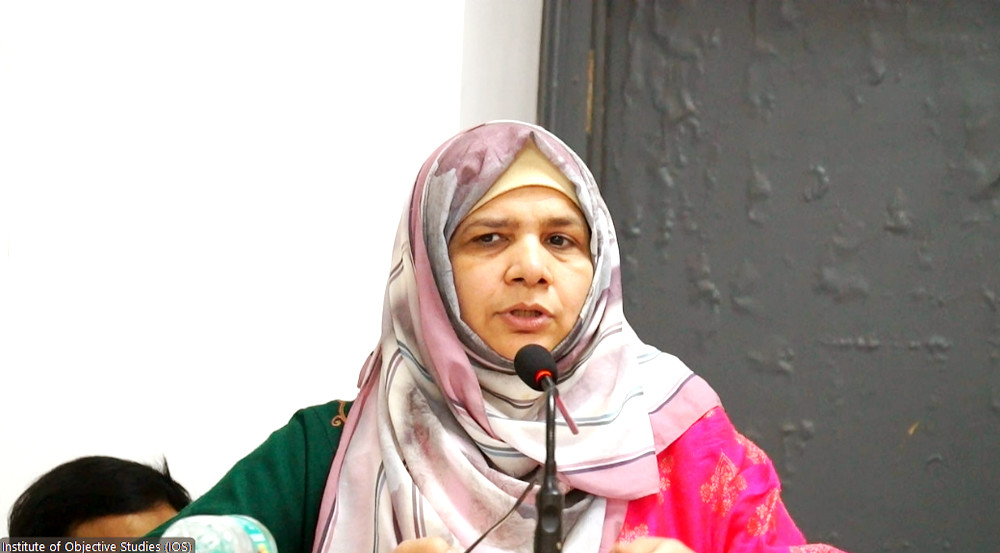
A senior Urdu teacher in Delhi, Dr. Somaiyya Masudi, held that she had been associated with the school for the last 24 years. On the strength of her experience, she stressed the need for the communicative and classical language. Urdu was taught to acquaint a student with his cultural legacy. They were also apprised of the new Urdu. Being a mother tongue, Urdu would become more intelligible for the student if he was exposed more to it. She said that in Urdu schools, textbooks of various subjects in that language were made available very late. Many students of Urdu took notes in English. Teachers were incapable of checking copies of students. She maintained that one could not imagine of Urdu in Hindi medium schools which were dominated by Hindu students. She strongly felt that it is the Muslims only who can preserve Urdu as a language. She also complained that Muslims ordinarily did not send their wards to school for opting Urdu as a subject. Owing to the quota reserved for scheduled castes/scheduled tribes, they (SCs/STs) got jobs after learning a little bit of Urdu. She explained that as far as colloquial language was concerned, there was no distinction between Urdu and Hindi languages. She felt the need for support books, like stories and ghazals to bring about improvement in the learning and understanding of Urdu. But the problem was that there was a dearth of such books. She suggested that Urdu channels should be started to make the teaching of Urdu better. She emphasised that Urdu was a Tahzib which required proper attention.
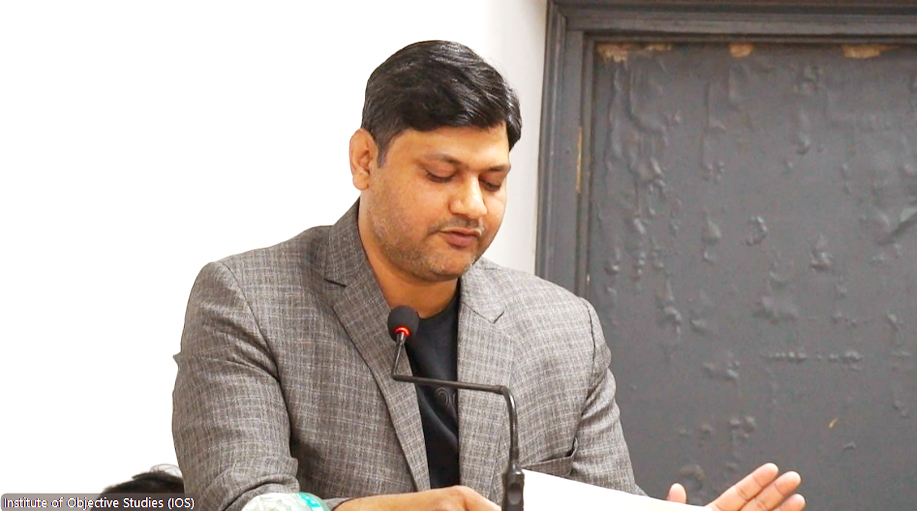
Dr. Allamuddin observed that the teaching Urdu was a very sensitive matter. A child learns from the milieu around him. His further education will become as better as he learns his language. The teaching of a child begins at the age of 5-10 years or at 6-14 years. Thus, it is necessary to create an ability in the child to understand the language. He said that the students should also be apprised of the communique. This could be in the digital form. Students should be given goals to achieve them in a phased manner. It may be noted that the Buniyadi (Elementary) education started by Mahatma Gandhi and Dr. Zakir Husain, yielded good results. The Zakir Husain Committee was formed in 1937 which observed that by the time children attained the age of 6 years, they acquired 75 percent understanding capability. He stated that there were only 52 Urdu medium schools out of a total number of 5000 MCD schools. These Urdu schools had the necessary infrastructure for the teaching of subjects in Urdu medium. Though NCERT (National Council of Educational Research and Training) produced standard Urdu books, yet the Urdu teachers were not available to teach the students in Urdu medium schools. He also disclosed the fact that out of 12 lakh students, 6 lakh students wanted to learn Urdu. In this connection, he suggested that the help of NGOs should be sought. He referred to the Urdu magazine, Jahan-i-Jadid which was being brought out for the benefit of students.
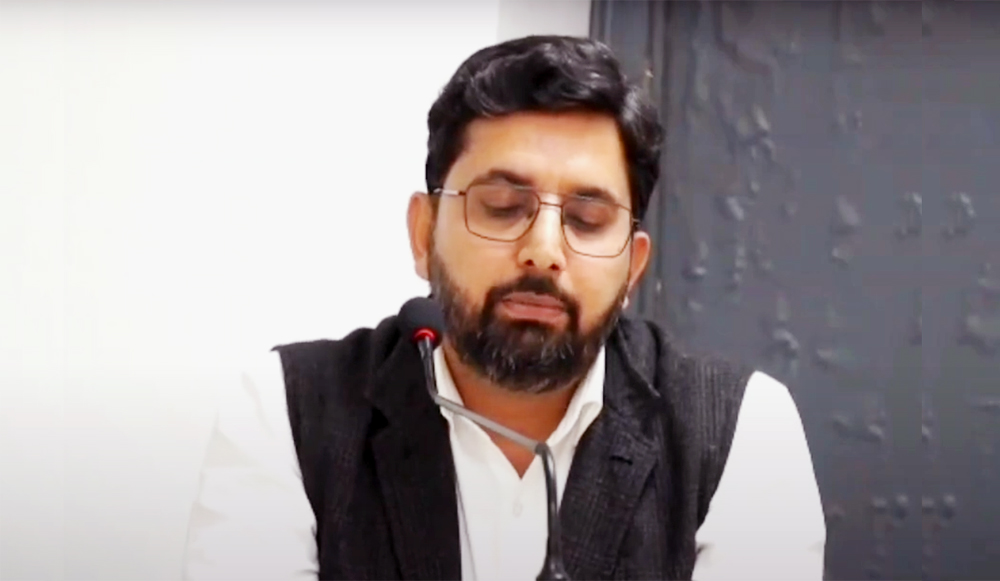
Another Urdu teacher in a school in Delhi, Mr. Iqbal Husain, who is also doing his Ph.D., in Jamia Millia Islamia, pointed out that Urdu language was the part of culture and identity of Muslims. He said that Urdu schools were being closed or being managed by Hindi medium schools. Thus the condition of Urdu schools was very bad. There was also the shortage of Urdu teachers. Though Urdu was recognised as a language by the Indian Constitution, yet at the practical level, the teaching of Urdu was in a very bad state. Referring to his survey of several Urdu schools under the JMI, he said that he found that the students of 11th class could not correctly read books of 6th class. As many as 1054 schools were being run in Delhi by the MCD, but there was structural problem in these schools. Students belonging to weaker sections joined government schools. What ailed the teaching of Urdu was the lack of academic atmosphere, complexity of the syllabus, the teaching of Urdu not conforming to modern norms of education and the issue of training and teaching. He stressed the need for a change in the traditional method of teaching. There was also the limited use of digital technology in the teaching of Urdu. Perhaps limited resources hampered the initiative to make full use of digital technology by Urdu medium schools. Another reason was that most of the parents wanted their wards to offer Hindi and English as main subjects. Similarly, some teachers sought their transfer from the area like Rohini in Delhi due to religious bias. He suggested that the curriculum should be made more interesting by including stories. Indifference on the part of Urdu lovers was also responsible for the current state of affairs of the language. He suggested that teaching and writing of Urdu should be encouraged. Digital tools and journals in Urdu should also be arranged. He asked the NGOs and activists working for preserving the legacy of Urdu language, to come forward and give a helping hand to the popularisation of Urdu.

Senior Urdu journalist, Mr. Khan Rizwan, listed several reasons for the indifference of students towards learning of Urdu language. One of the reasons for this was the delay in the completion of syllabus. Similarly, the attitude of the government left much to be desired. Rise in the cost of the textbooks was another reason why parents could not afford to send their children to Urdu medium schools. He advised Urdu teachers to refrain from involving themselves in politics. He also suggested that Urdu students should be encouraged to take part in extra-curricular activities.
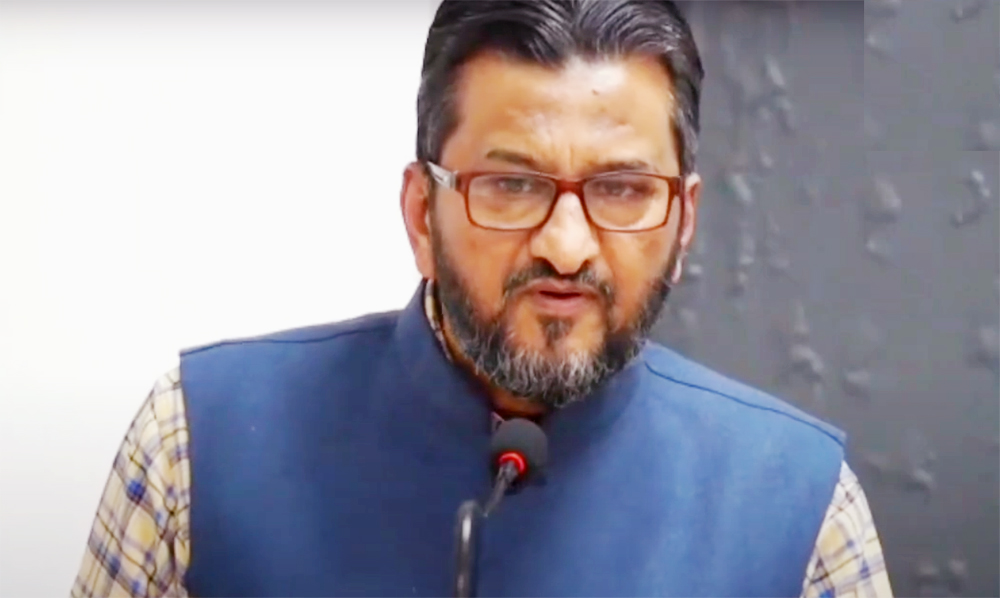
Mohammad Arif Iqbal, editor of Urdu Book Review, said that there was the question of the method of Urdu teaching. This became significant in the context of Urdu not being a mother tongue. Urdu is being spoken by about 4-5 crore people in India. It was wrong to say that Urdu was spoken by Muslims only. Political atmosphere in India was very adverse as far as the teaching of Urdu and use was concerned. This could be understood from the remark of the UP Chief Minister, Mr. Yogi Adityanath that Urdu was the language of Kathmullahs (A slang for the Ulema).
Mr. Tanweer Alam held that the language was associated with history. He cited certain Urdu terms that were used in Hindi. He regretted that Muslims could not develop the spirit to campaign for Urdu. Problems surrounding Urdu were many but the work done for the promotion and propagation of Urdu remained far less than desired. He quoted the noted Urdu writer, Athar Farooqui who once said: “We failed to produce Urdu textbooks that could be studied by students as fine literature”.
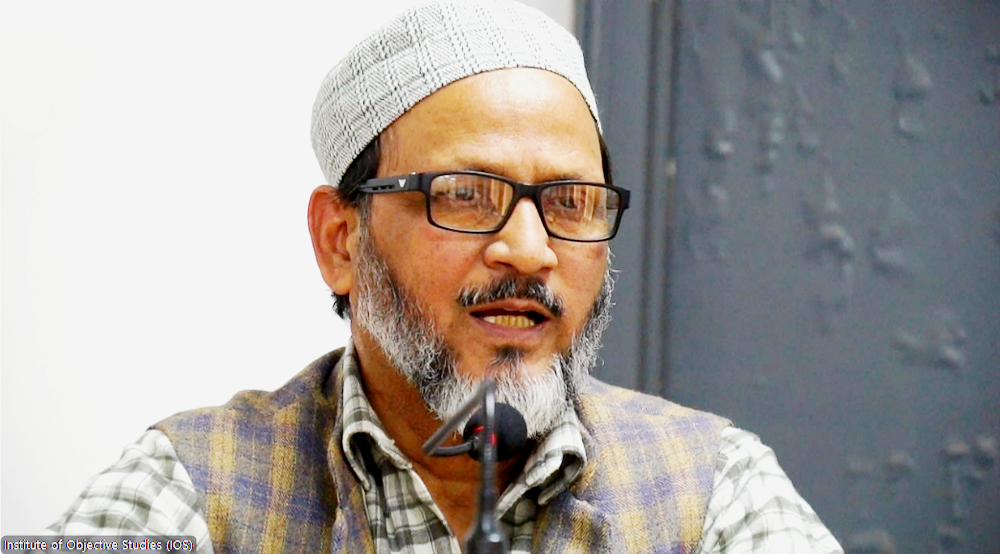
Presiding over the function, head of the department of Urdu, JMI, Prof. Kausar Mazhari, pointed out the shortage of textbooks in Urdu language. Besides NCERT, other small bodies were producing Urdu books. He said that in his days at school he was asked to write chemistry in both English and Urdu. He opined that if the standard of Urdu was raised, Urdu medium schools could also produce good scientists. He held the government responsible for not appointing qualified Urdu teachers in schools. There was also the problem of Urdu pronunciation. In this connection, he referred to the film, ‘My name is Khan’. Phonetics was another problem in Urdu. He said ‘Firaq’ was an English teacher, so were Sir Allama Iqbal and Faiz Ahmad Faiz. Both of them had been English and Arabic teachers, but at the same time, they excelled in Urdu language. He suggested that there should be a pressure group to impress upon the government to pay attention to Urdu teaching. Today, objective-type question papers were set to provide multiple options for answers. Students were asked to answer the question by tick marking the correct answer. Thus, the question was how such students would do the Ph.D. Another question that required attention was that the curriculum was not completed in time. In foreign countries, teachers were asked to provide the details of the course they would teach in the academic session. Urdu is the language that is largely read and written in Karnataka. He said that if students learnt Urdu, then they would learn about their cultural heritage in it, if not through Arabic.
Prof. Mazhari remarked that certain top leaders of the BJP had drawn up a list of Urdu names of places which they wanted to be changed into Hindi. He said that a lot of work had been done on Ibne Safi and the work still continued. He did not agree with the view of Athar Faruqi. Instead, he asked Faruqi to prepare Urdu syllabus through Anjuman Taraqqi (Hindi). He described his utterances as a mere rhetoric.

Chairman of the IOS Prof. M. Afzal Wani, expressed satisfaction that important suggestions were discussed at the discussion. He said that the participants were truly serving the cause of Urdu. He was firm in his opinion that Urdu had the power, to defeat its opponents. He called for working for the promotion of Urdu language at the international level. Referring to English language, he said that it was very rich due to its flexibility to absorb other languages. He also emphasised the need for widening the scope of Urdu. Lovers of Urdu should become real enthusiasts of the language. There was also the need for resolution and guidance, so that students could learn Urdu. He said that the scholars should write in Urdu whether it was science or other natural sciences. A professor was liable to express the sentiments of the society, he concluded.
The discussion ended with the thanks giving by Mr. Anjum Naim, convenor of the Centre.
Go Back